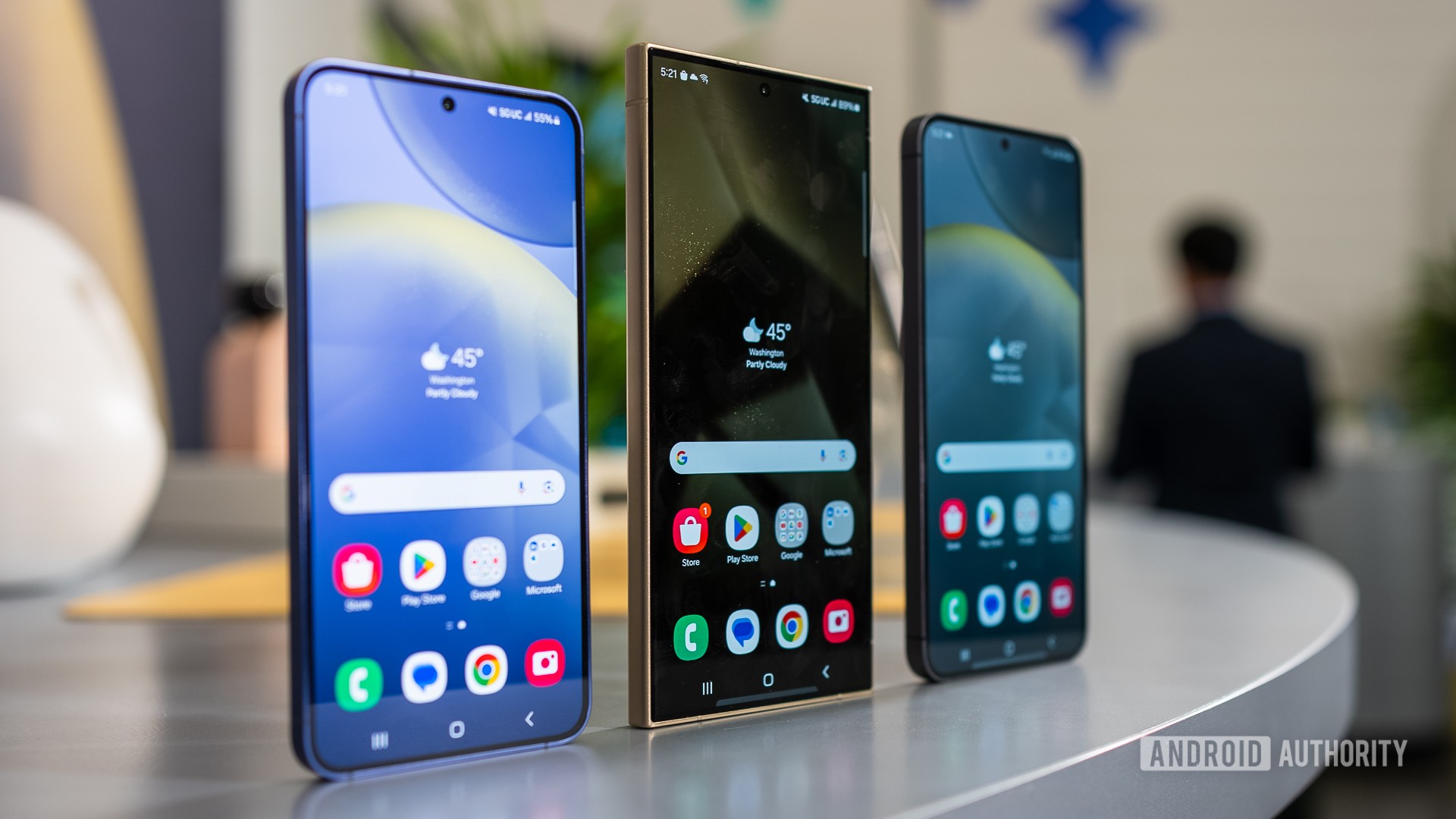Affiliate links on Android Authority may earn us a commission. Learn more.
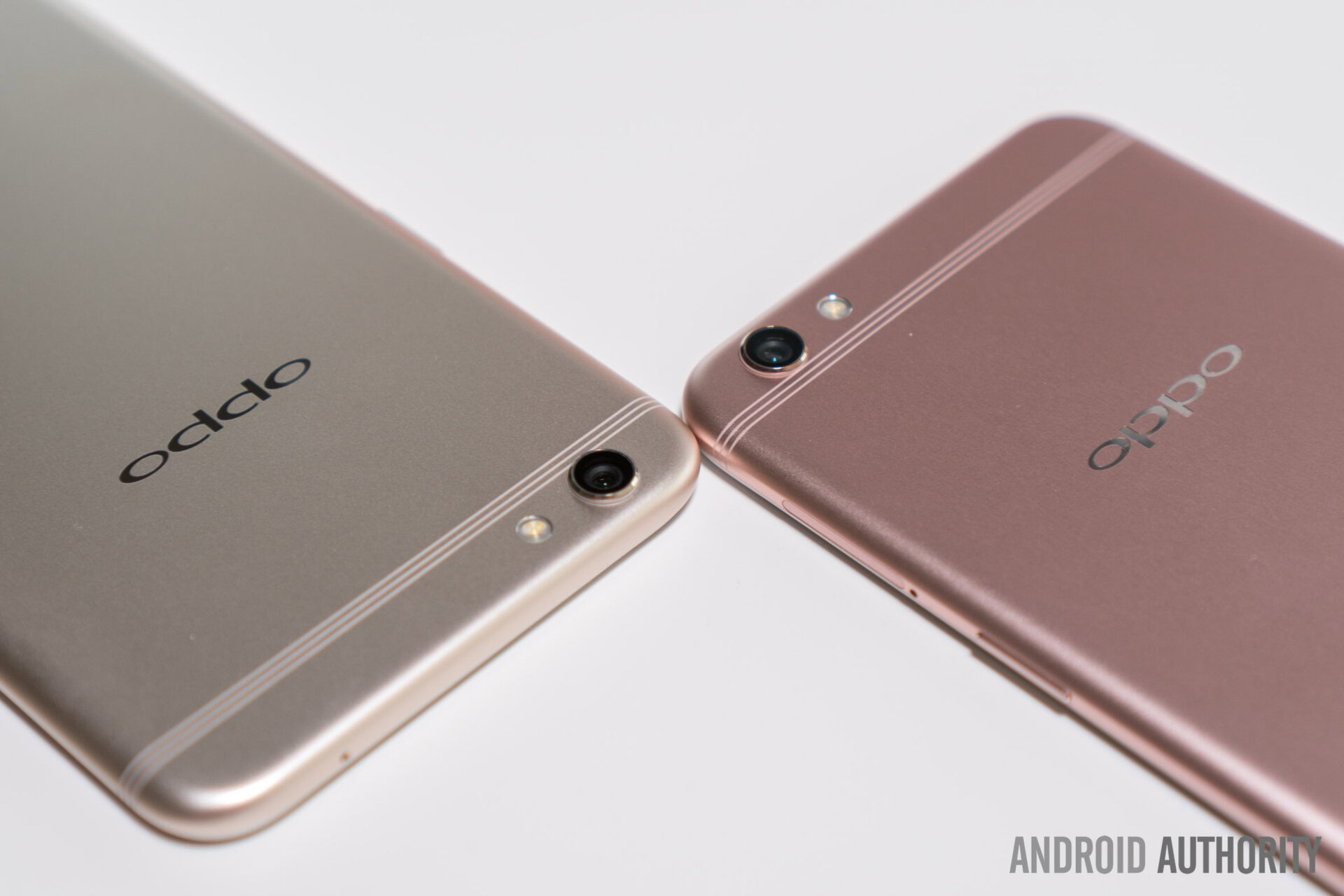
OPPO R9s
What we like
What we don't like
Our scores
OPPO R9s
OPPO may not have the same level of brand recognition in the West as Huawei or ZTE, but they’ve long dominated the Chinese market. That should come as no surprise too, given their track record of launching impressive smartphones like the R7, N3, and Find 7.
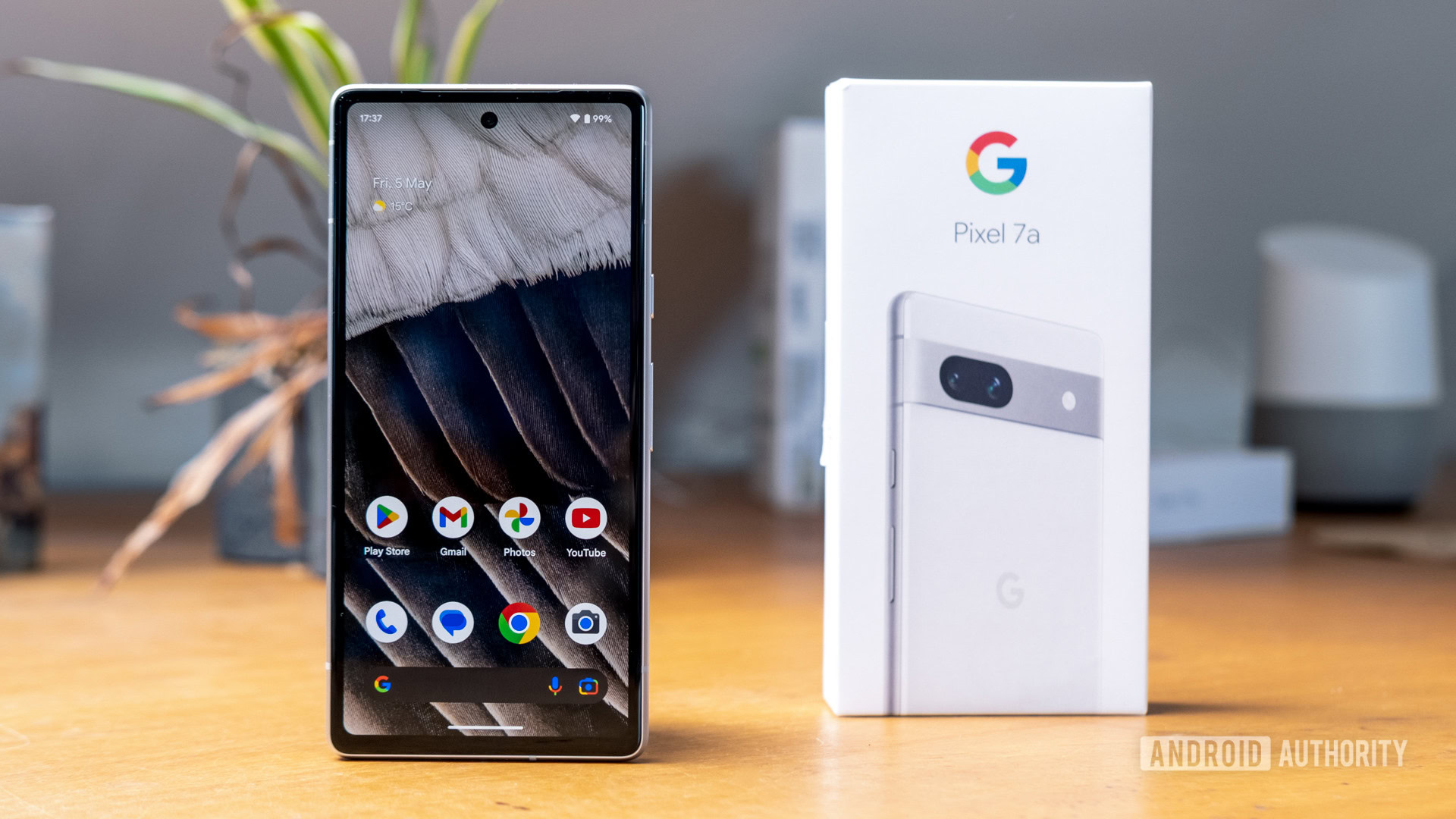
It’s quite evident that OPPO is hoping to continue their successful trend with the comfortably mid-range OPPO R9s, a follow-up to last year’s R9. The question is, should you consider the OPPO R9s over similarly priced options like the ZTE Axon 7, the HONOR 8, or the OnePlus 3T? Now is the time to take a closer look with our OPPO R9s review!
Design
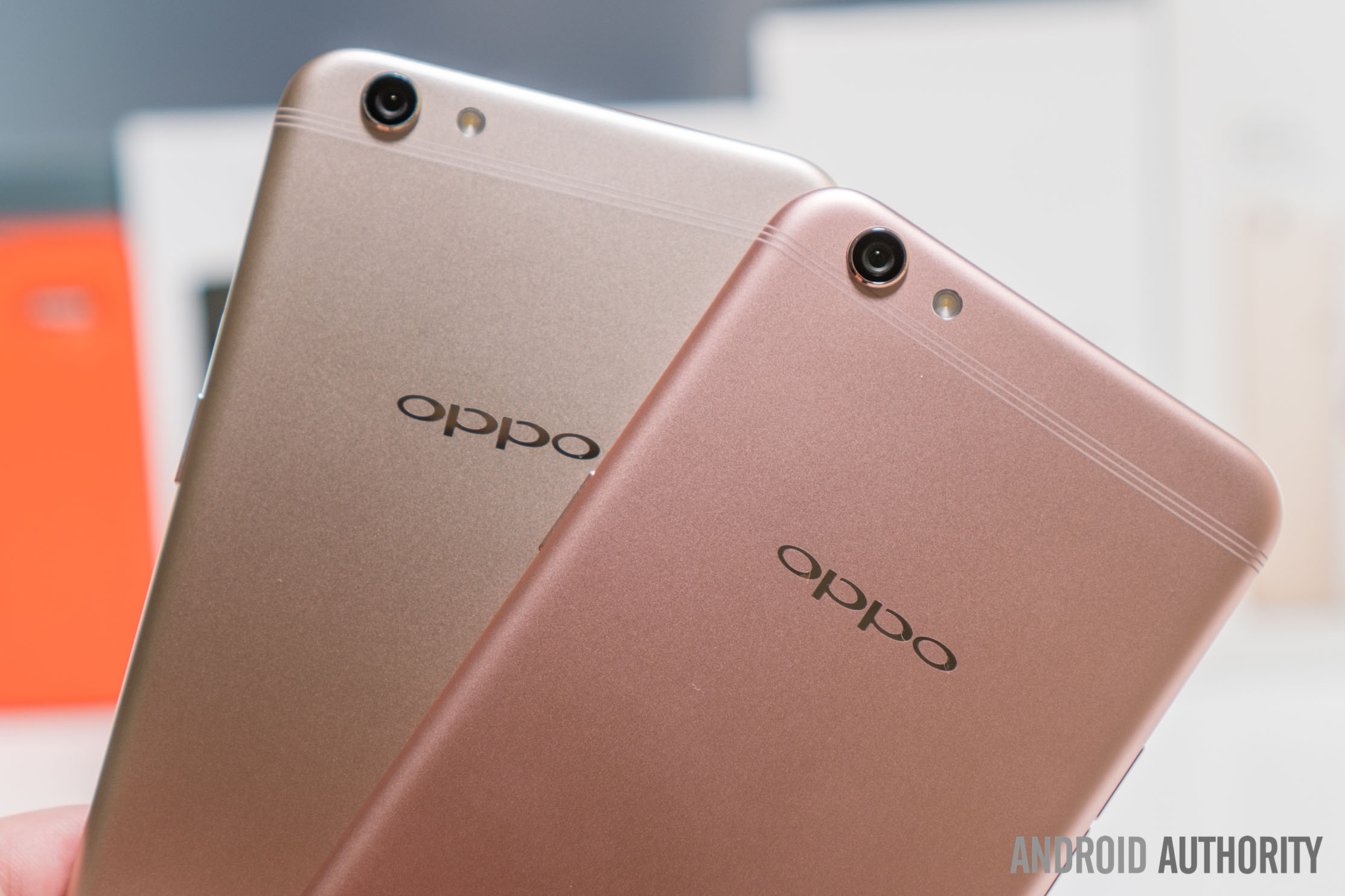
It that really an Android? It looks a lot like an iPhone!
During my time with the R9s, I was frequently asked questions along the lines of “It that really an Android? It looks a lot like an iPhone!” Perhaps I shouldn’t criticize the phone identification skills (or lack thereof) of others in this case. The R9s does look a lot like the iPhone, from its identically-shaped body to its unmistakably similar speaker grill.
There’s also an iPhone-esque silver ring around the home button, and, yes, to truly take inspiration from Apple means to also include the notorious rear camera bump. Don’t fret too much, though, as that bump is only mildly annoying when tapping the top left part of the display on hard flat surfaces.
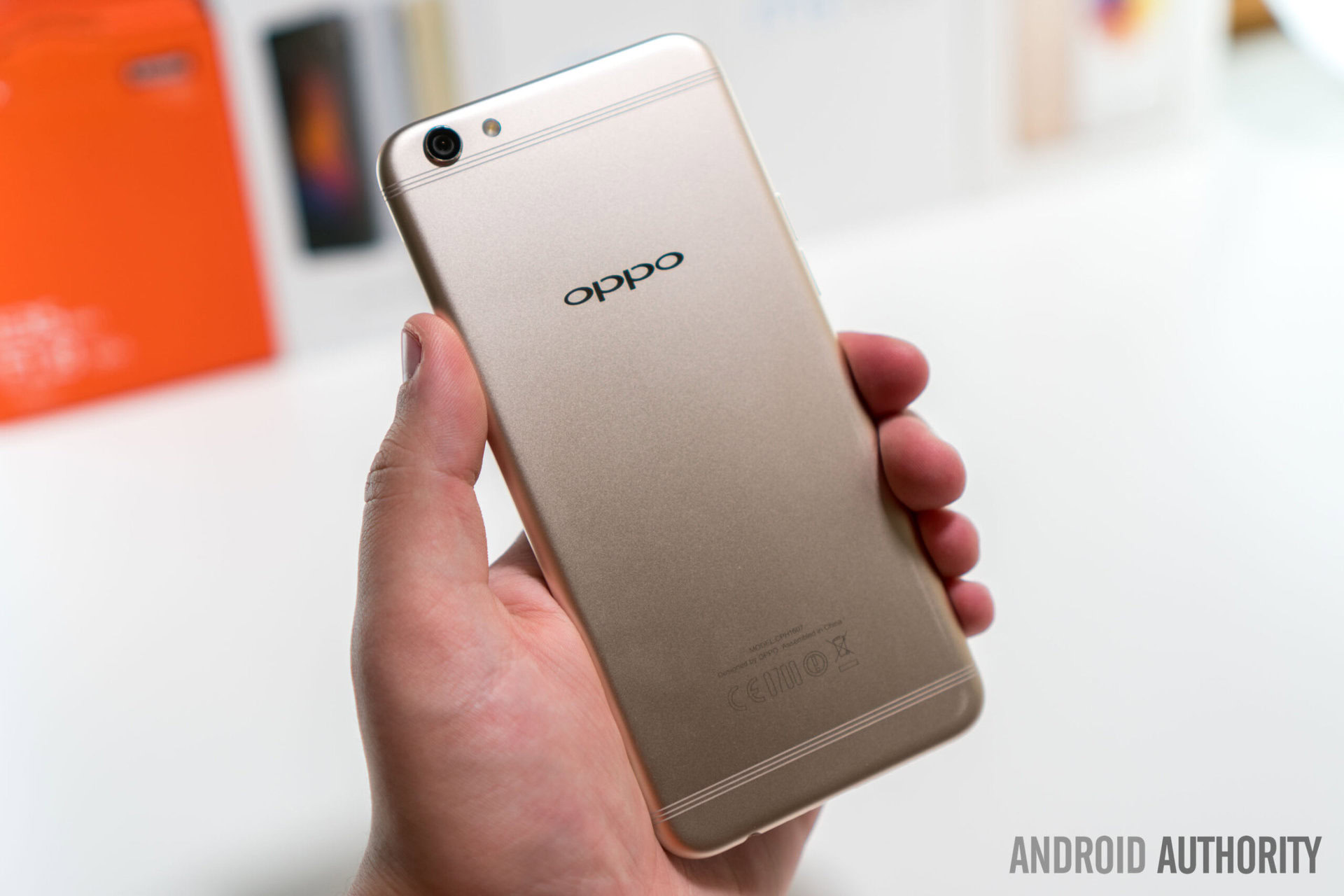
Oddly enough, the antenna lines on this model are a notable departure from the preceding R9’s solid lines. OPPO’s intention here may have been to distance themselves from Apple. In any case, OPPO isn’t fooling anyone with their design tactics.
In any case, OPPO isn't fooling anyone with their design tactics
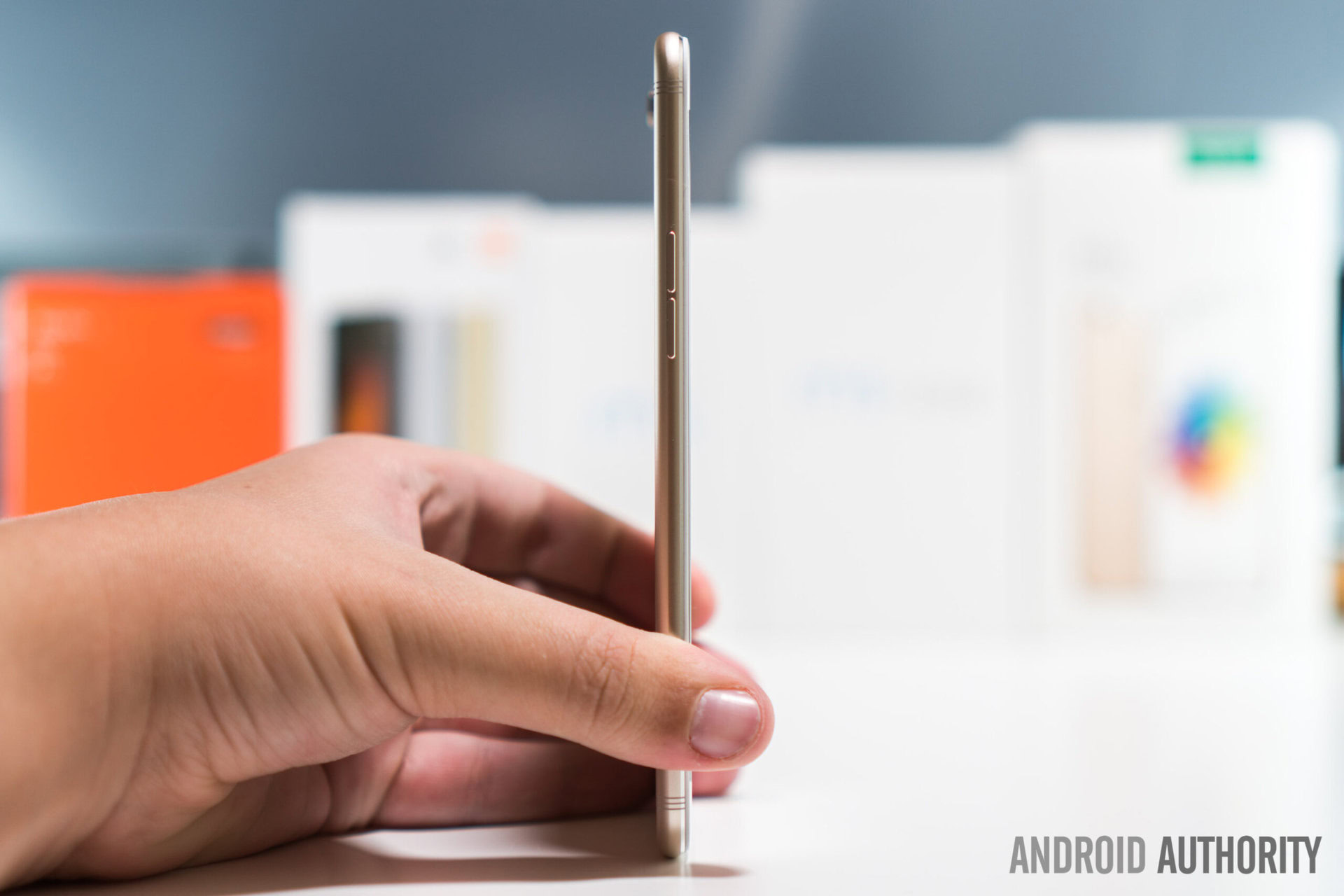
Joking aside, the R9s’ design is indeed quite nice despite its derivative nature. It’s remarkably thin and light at 6.6mm and 145g, both of which measures undercut comparable iPhone models.
The R9s’ build quality is where this design truly shines. The all-metal body is well tried-and-tested to say the least, as it offers both a premium look and premium in-hand feel. This is becoming increasingly important for mid-range devices like the OPPO R9s, as consumers demand even more for their money.
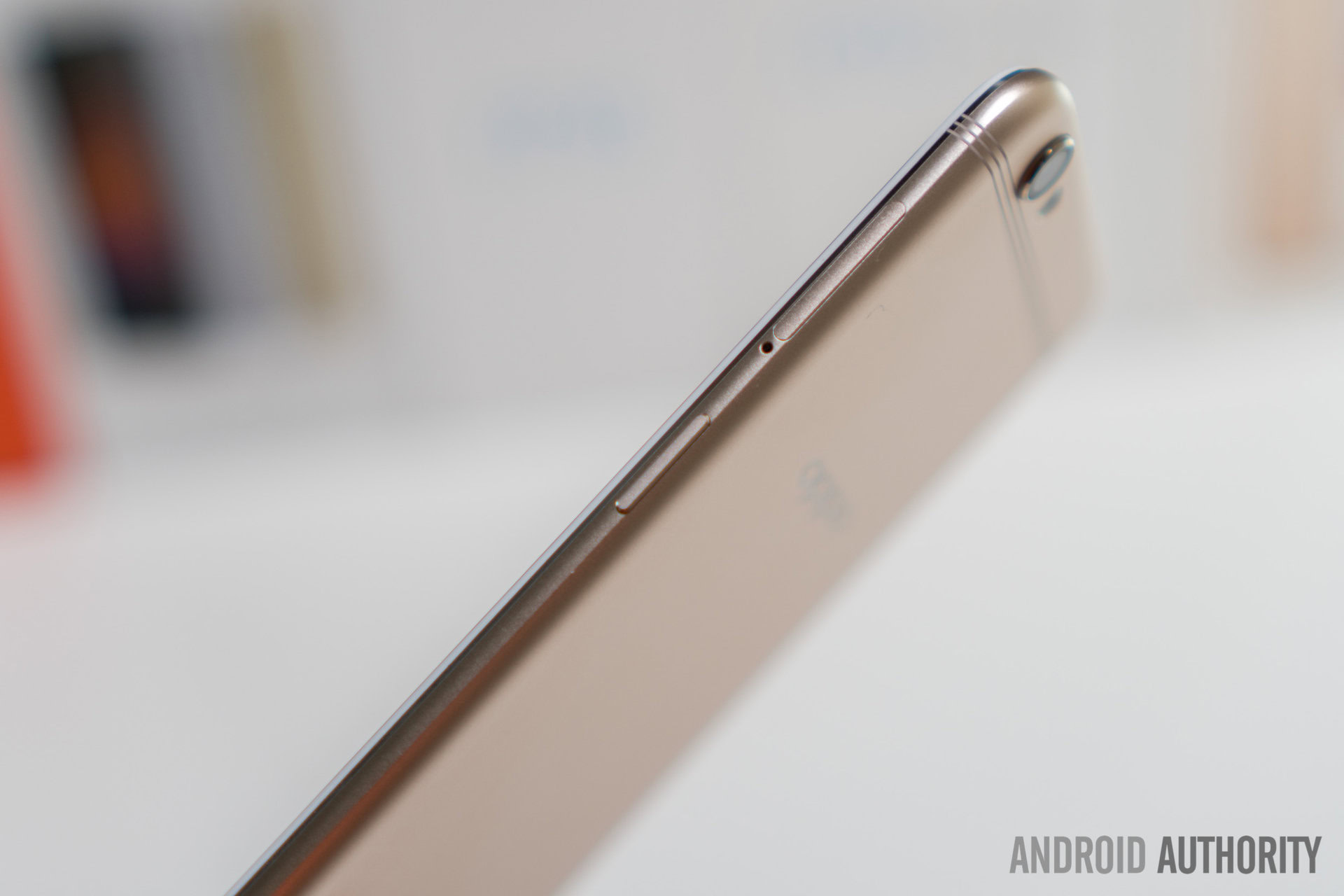
Thankfully, the small touches appear to have received the same high level of attention. The sides buttons are nice and tactile. The chamfers are clean. The home button doesn’t wiggle. Small details like these are sometimes overlooked but are perhaps just as important, so OPPO’s level of focus here is great to see.
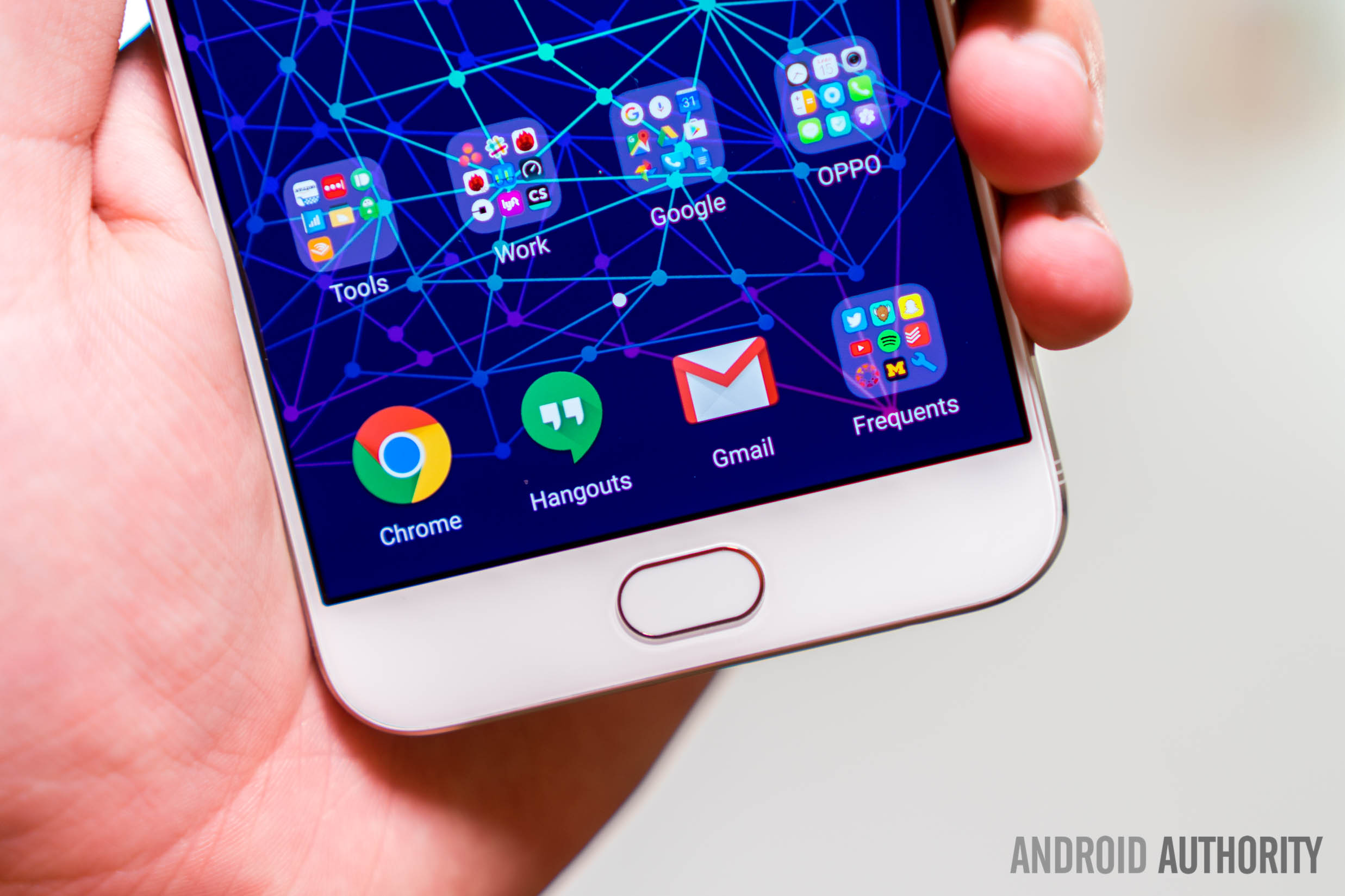
Since the R9s’ capacitive home button includes an embedded fingerprint reader, you can simply touch the button to unlock the phone or authorize certain apps or purchases. It seems that the R9s is using the same reader as the OnePlus 3T, given that both OPPO and OnePlus are owned by parent company BBK Electronics.
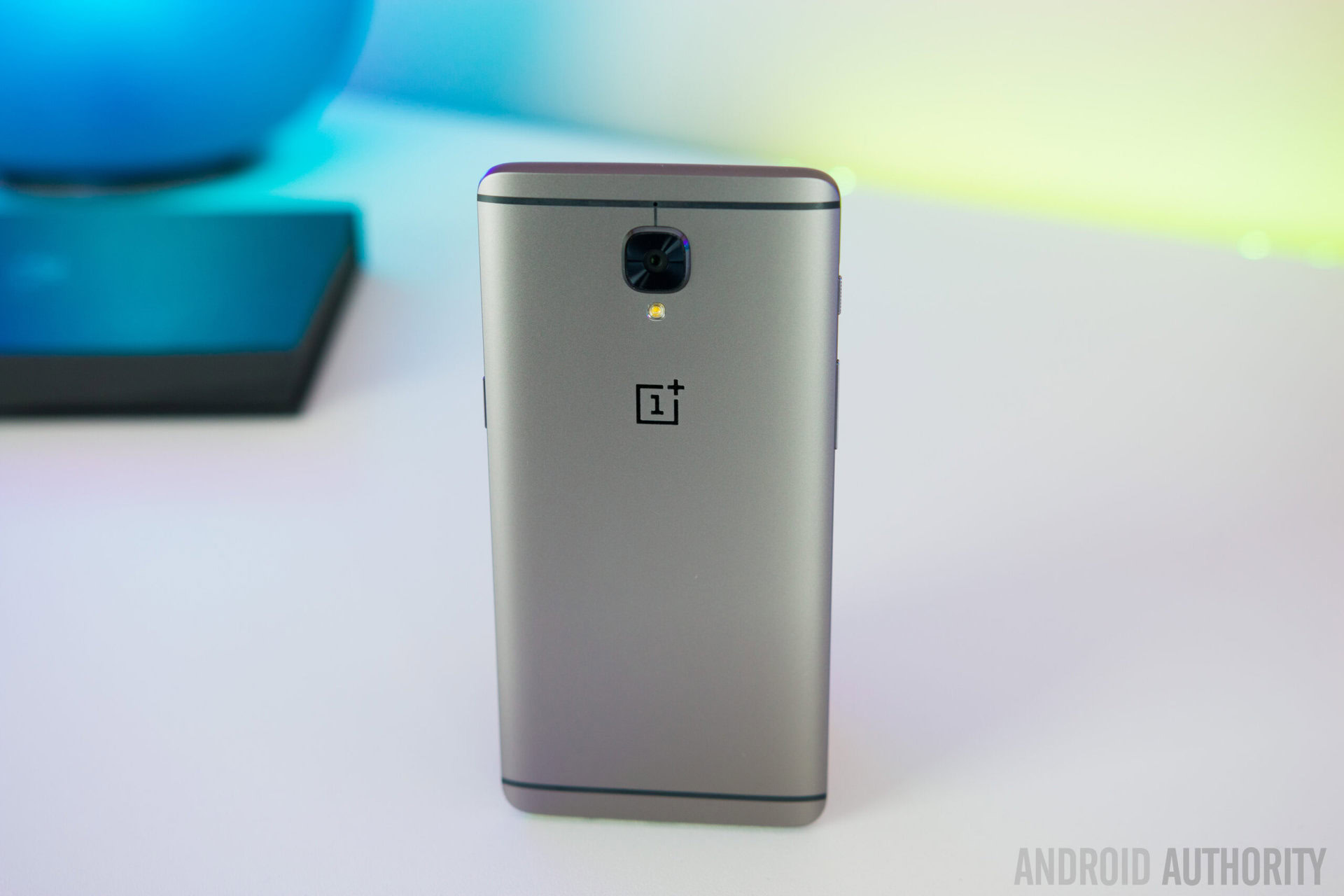
The R9s' fingerprint reader is really fast
Regardless, the R9s’ fingerprint reader is really fast while maintaining a high level of accuracy. This is one of the best experiences available to date, which is especially impressive when considering the R9s’ price.
To the sides of the home button are two illuminated keys: multitask and back, respectively. The illumination could be a tad brighter, but certainly does the job in most situations. Although the layout is the opposite of the back-home-multitask standard layout, some prefer having the back button on the right side, including myself.
Display
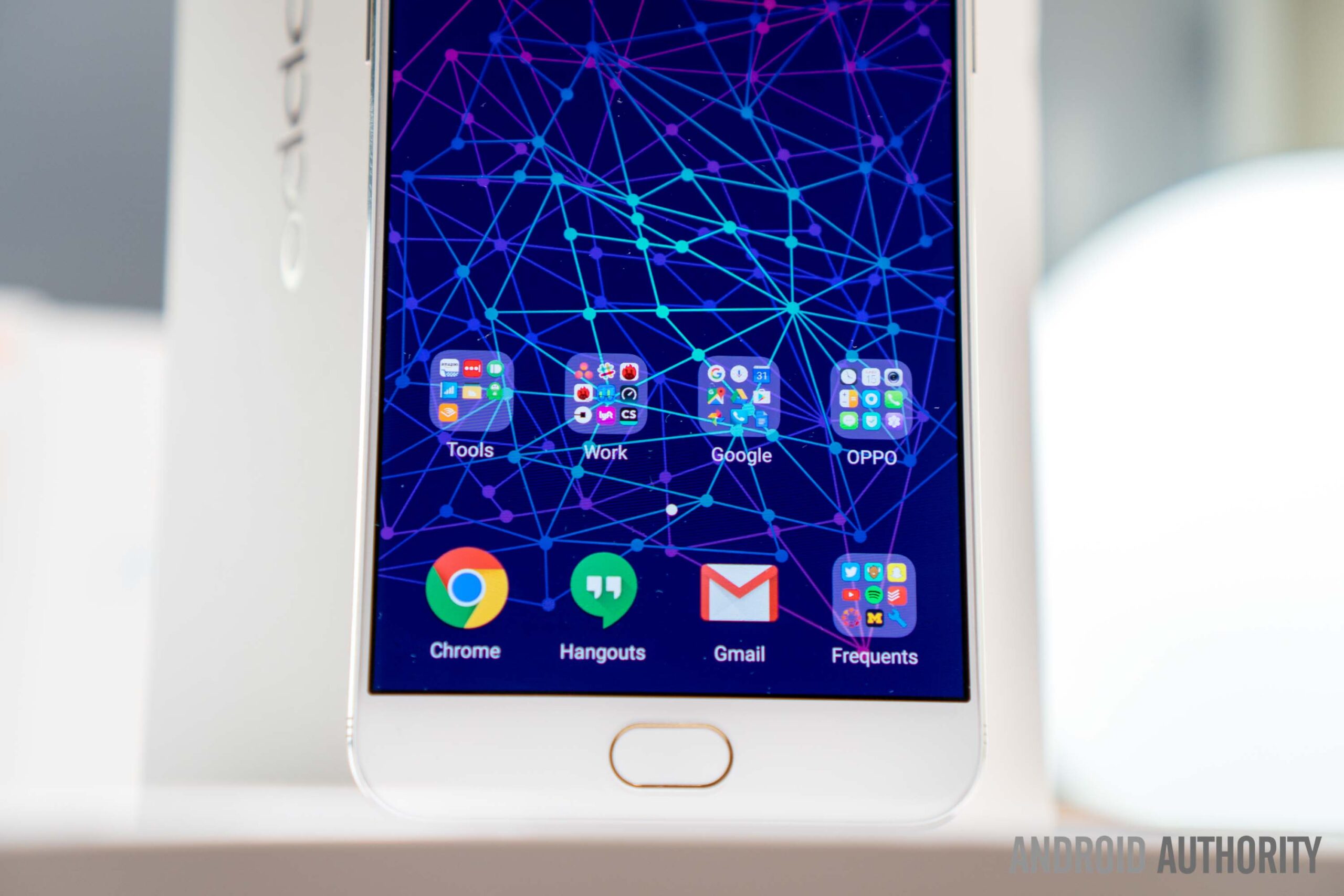
Thankfully, excellent displays have become the norm for anything priced more than about $300. And, for the most part, the OPPO R9s’ display lives up to my expectations. This model’s screen is sized at 5.5-inches, although if you’re looking for something slightly larger, the 6.0-inch OPPO R9s Plus might be worth considering.
The display size translates to an average handling experience, helped marginally by the remarkably small side bezels. Those bezels are quite stylish too, although it’s worth mentioning that the black border around the display does detract some of that beauty.
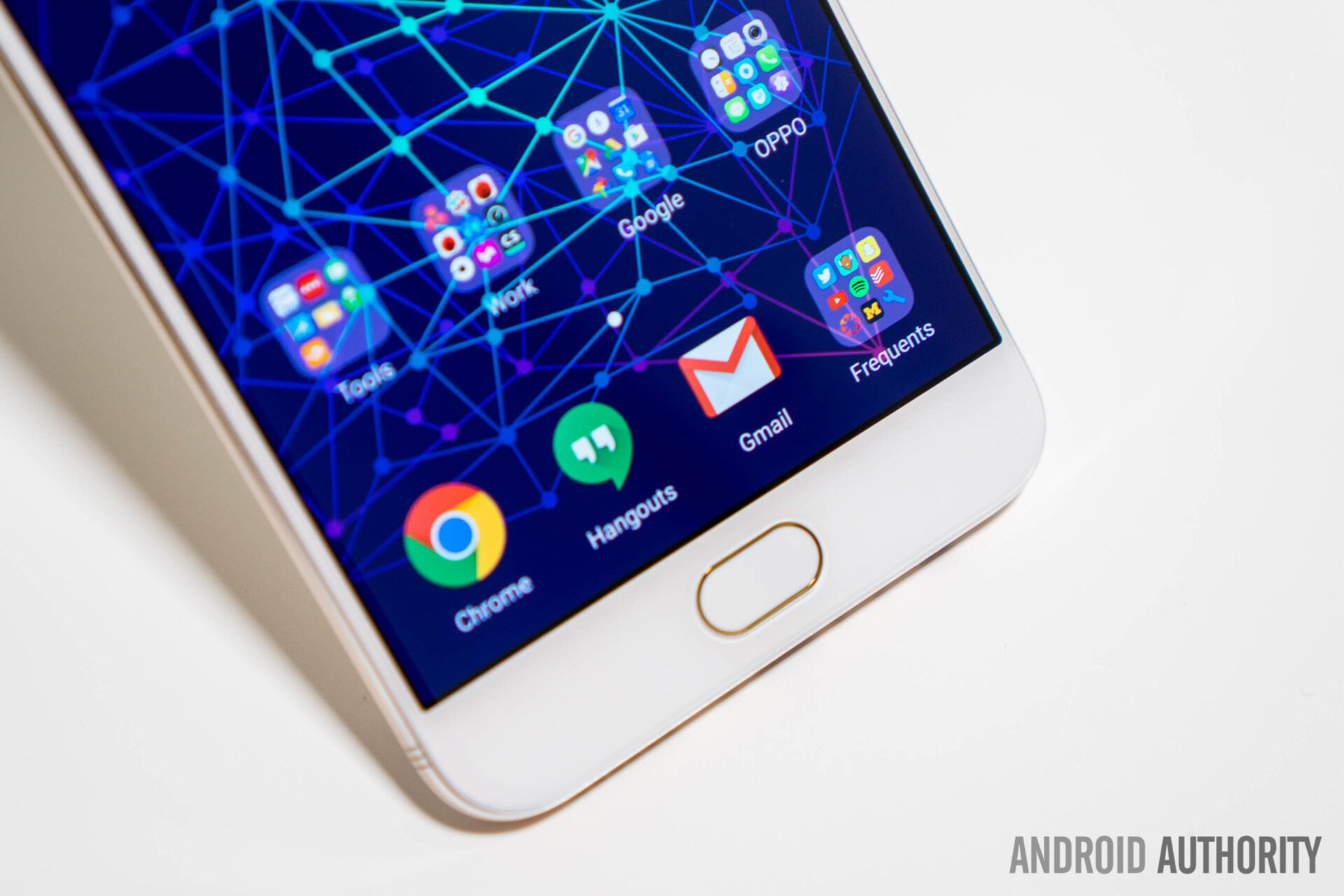
Colors appear very punchy and oversaturated
Since it is an AMOLED panel, colors appear very punchy and oversaturated. Many people prefer this look, however, as it makes everything look quite vibrant. There’s also a bundled “eye protection mode” accessible from either the quick toggles or the settings, which adjusts the color temperature to be warmer or more yellow.
This thereby reduces the amount of blue light, which is said to be bad before bedtime. While I’m unaware of substantial research that concludes that this actually improves sleep, it certainly seems that it couldn’t hurt.
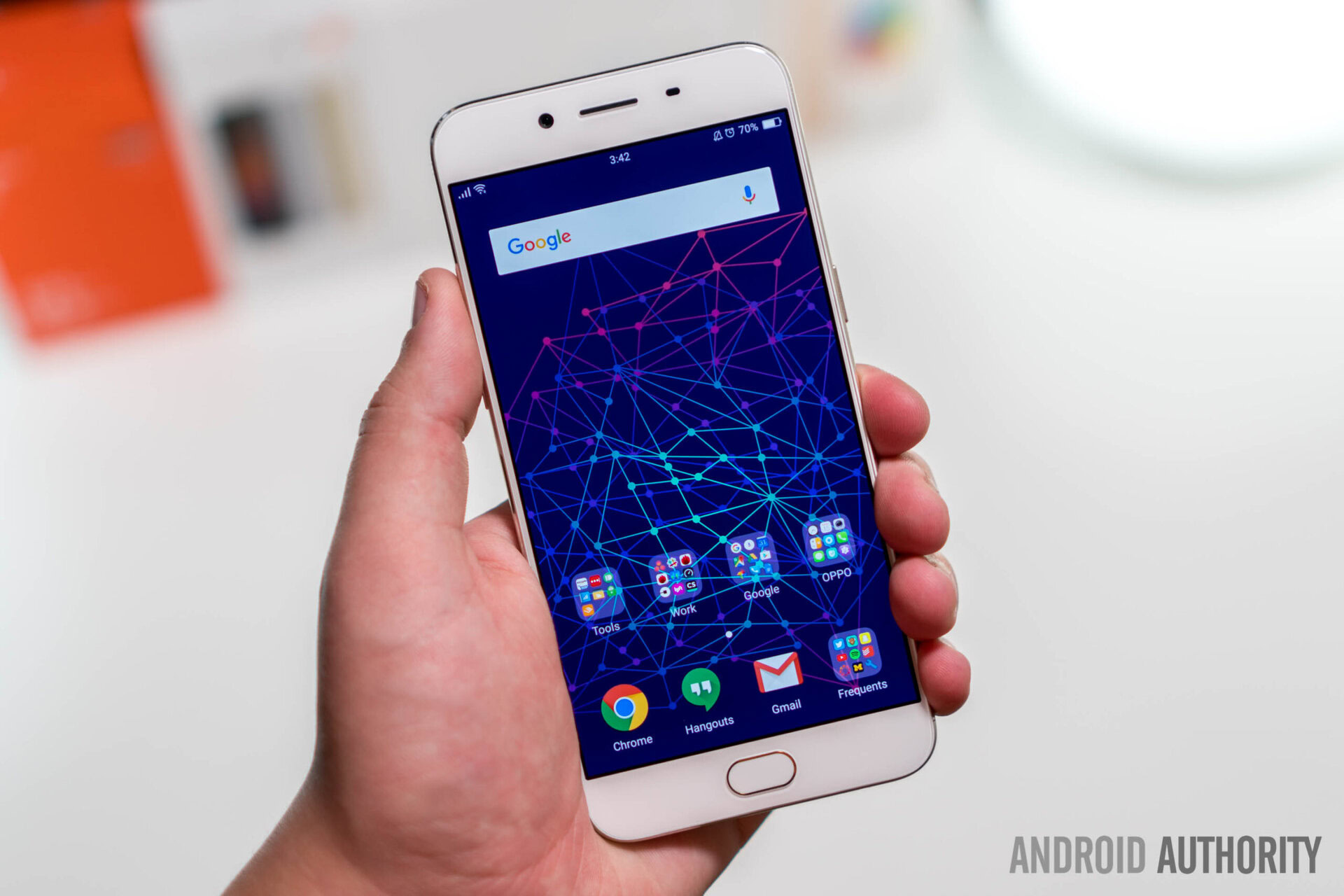
The display’s brightness level range is about what I expected. It’s low enough for darker environments, and high enough for some outdoor environments. If it’s blue skies and sunny though, you might have some trouble reading the display. For reference, it’s brighter than the Axon 7’s display, but falls short of the OnePlus 3T’s display.
Also read: ZTE Axon 7 review
OPPO has implemented Corning Gorilla Glass 5, which provides protection against both scratches and drops. Sadly, I found the display to scratch surprisingly easily.
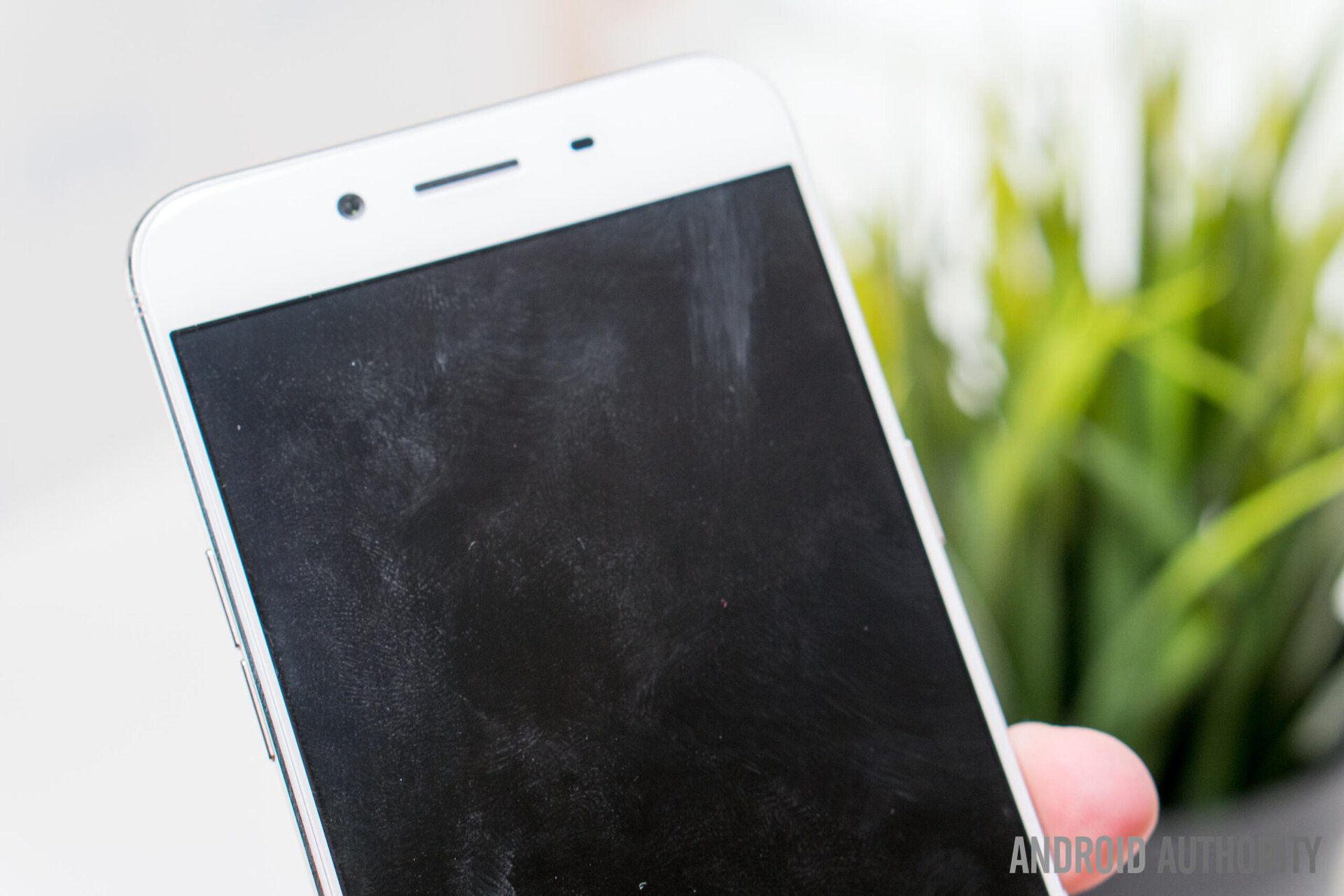
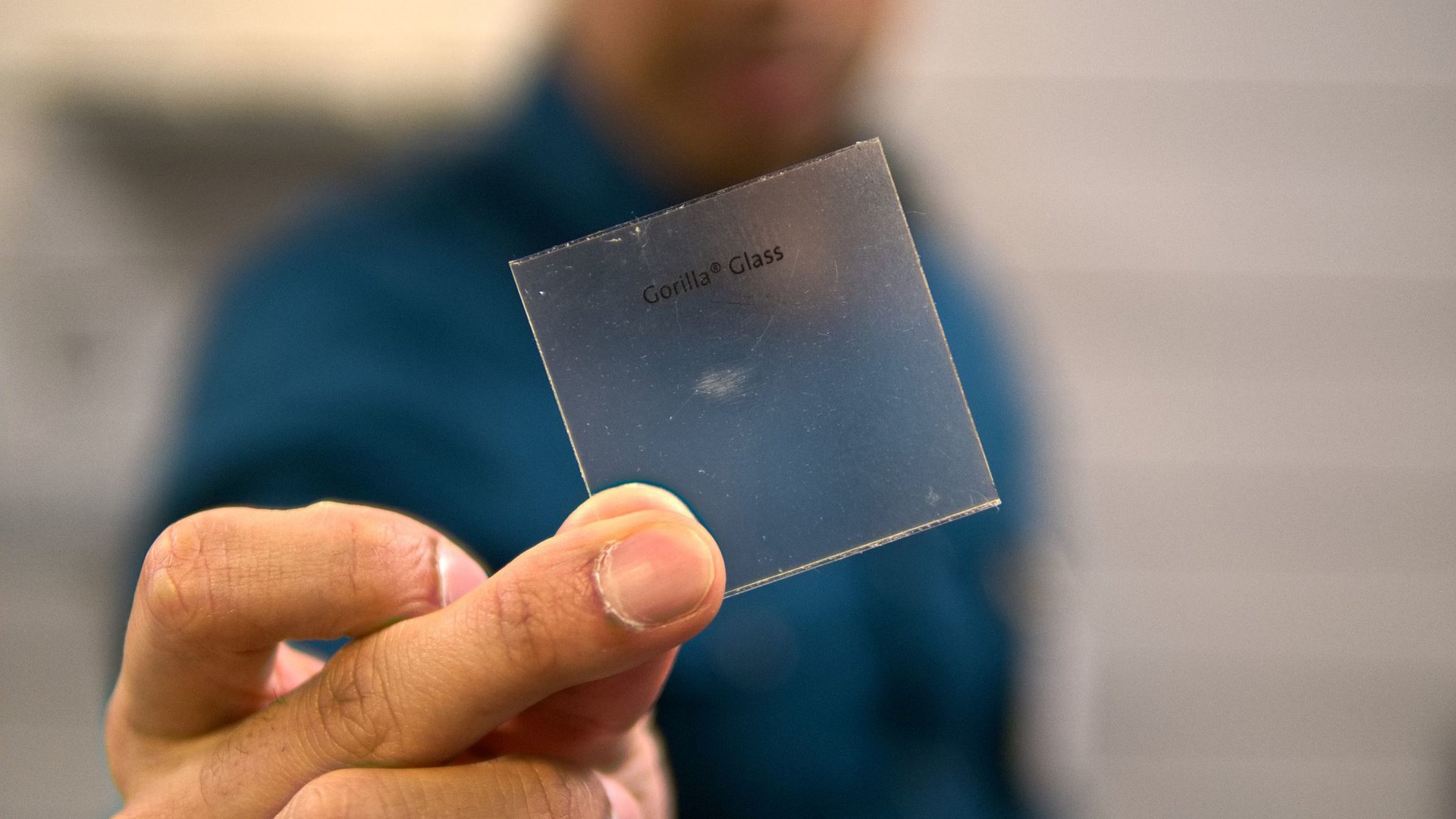
The display coating is dangerously close to being a deal-breaker
I also noticed a very strange display coating on both of my review units, which makes the glass an absolute fingerprint magnet. This is the worst display for fingerprints that I’ve used in recent memory, as smudges linger even after cleaning. While this will surely annoy people to varying degrees, I personally find this to be dangerously close to being a deal-breaker.
Performance
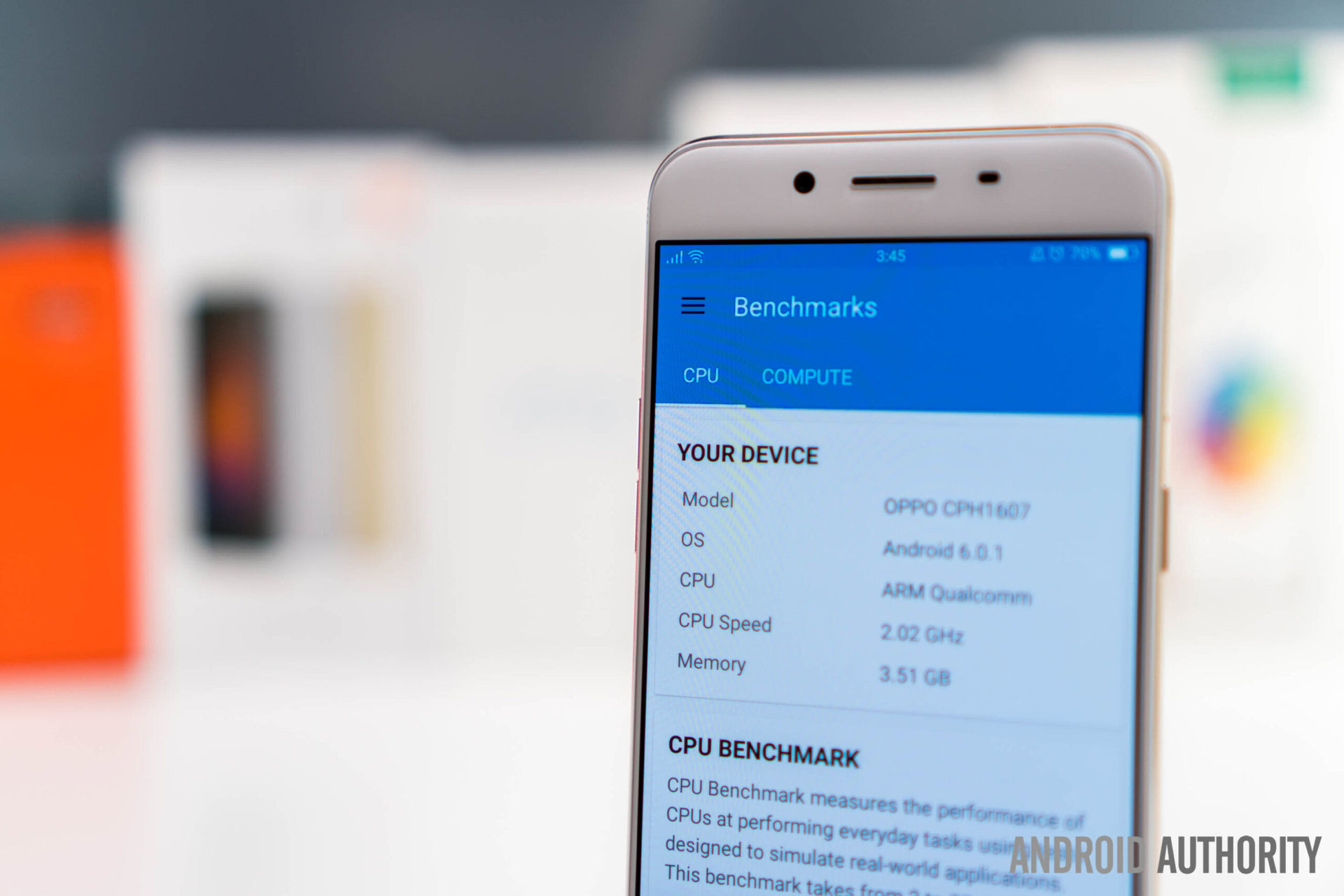
With the R9s, OPPO has made a switch from the MediaTek Helio P10 to the Qualcomm Snapdragon 625. Although I never had the chance to use the R9 specifically, I have used several smartphones with the Helio P10. Based on my experiences with both chips, I think this is a small but certainly welcomed upgrade. There’s also 4GB of RAM, so you should have no trouble with moderate to heavy multitasking.
Day-to-day performance is good, but not great. During my time with R9s, I didn’t really take issue with its minor sluggishness, but I definitely understand that some may be looking for something a bit snappier. The Snapdragon 625 is a firmly mid-range chip, so it’s expectedly not as impressive as the high-end Snapdragon 820 and Snapdragon 821 in both day-to-day performance and benchmark scores.
If you’re doing enough research to be reading this review, chances are that you’ll see this as a considerable drawback
Since the ZTE Axon 7 and the OnePlus 3T ship with the 820 and 821, however, this puts the R9s behind of the pack in the performance category. It’s a somewhat minor difference, but if you’re doing enough research to be reading this review, chances are that you’ll see this as a considerable drawback.
Hardware

Good news for travelers or anyone wishing to use multiple phone numbers: similar to many options coming out of China, the OPPO R9s is an unlocked dual-SIM smartphone. If you don’t plan on taking advantage of this feature, you can instead use the extra slot for a microSD card, up to 256 GB. The R9s does include 64GB of storage out of the box though, so you may end up not having to worry about storage at all.
GSM: 850/900/1800/1900MHz
WCDMA: 850/900/1900/2100MHz
TD-LTE: Band 38/39/40/41
FDD-LTE: Band 1/3/5/7/8/20/28
Unfortunately for many of our readers, the OPPO R9s has limited 4G LTE support. In the United States, for example, you’ll be stuck with 3G on both AT&T and T-Mobile (and their MVNOs), which is possibly this phone’s biggest drawback for Western users as the R9s’ primary competitors all include support for US 4G LTE.
It is important to keep in mind, though, that this phone will work wherever it is officially sold. The United States sadly just isn’t one of those markets.
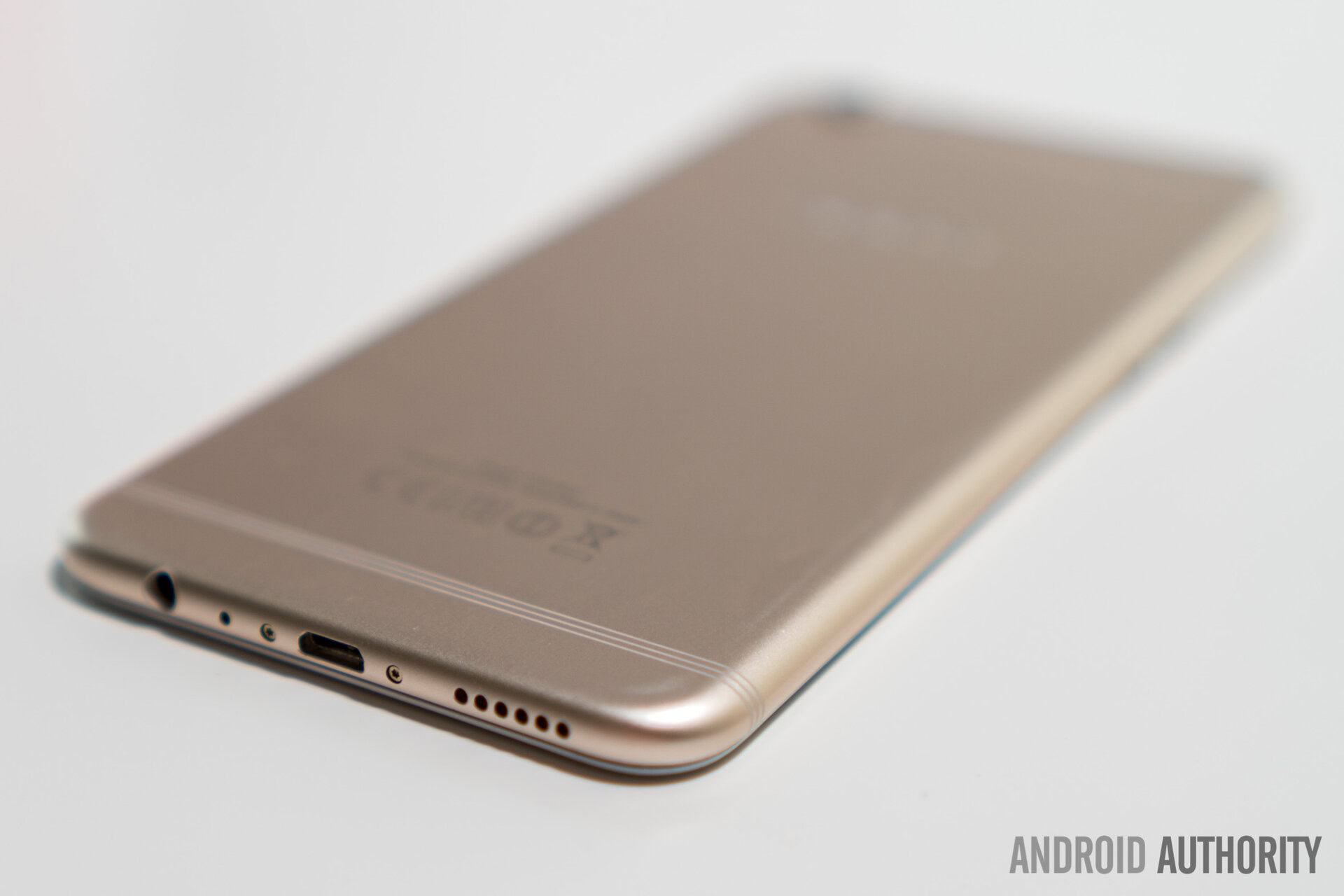
The side-firing speaker on the OPPO R9s is reminiscent of the OnePlus 3T’s. The sound is about the same, but the audio quality does seem ever so slightly better here. It’s not nearly as good as the ZTE Axon 7’s dual stereo front-facing speaker setup, but it gets the job done.
Fortunately, OPPO has included a 3.5mm headphone jack, so you won’t be needing to transition to that dongle life with this device. There’s also a neat equalizer included, dubbed Real HD sound. OPPO states that this feature was developed in cooperation with Dirac Research AB, “the world’s leading audio technology company.”
There are several profiles to switch between based on the genre of music you’re playing, but it would be even cooler if it included and switched to a video profile automatically. Currently, you have to dig fairly deep into the settings to turn it off, so if you’re like me and you’re switching between Spotify and YouTube frequently, you might be tempted to just turn it off completely as it does not sound very well when listening to normal speaking voices.
There's also a strange YouTube audio sync issue
There’s also a strange YouTube audio sync issue, which affects both headphone and speaker output. It could be worse, but constantly having audio delayed by even a split second might just drive you crazy.
Battery life
I was a bit worried that the 3,010mAh non-removable battery wouldn’t be enough to power through a full day of use. However, it seems that OPPO has added effective battery life optimizations, as I was consistently able to get either one and a half days of usage with around four hours of screen-on time or one day of usage with around seven hours of screen-on time. Those are some pretty impressive numbers regardless of how you frame it.
My testing was performed while connected to 3G networks
Do keep in mind, however, that my testing was performed while connected to 3G networks, which is easier on the battery and therefore inflates these tests results. For what it’s worth, I also used the phone while connected to my college’s Wi-Fi network, which covers the entire campus very well with few “dead zones”, even outdoors. During these days, battery life was more or less the same, which is to say it was excellent.
When you do need to charge the R9s, you can take advantage of OPPO’s proprietary VOOC Fast Charging, which OPPO claims charges the phone from 0 to 75 percent in just thirty minutes. That’s a really impressive charge rate, especially when you consider how well VOOC handles heat dissipation. Much of the heat generated stays in the wall adapter, rather than making its way to the phone’s internals. Although Qualcomm Quick Charge has the advantage of being way more ubiquitous, it’s hard to argue with VOOC’s features.
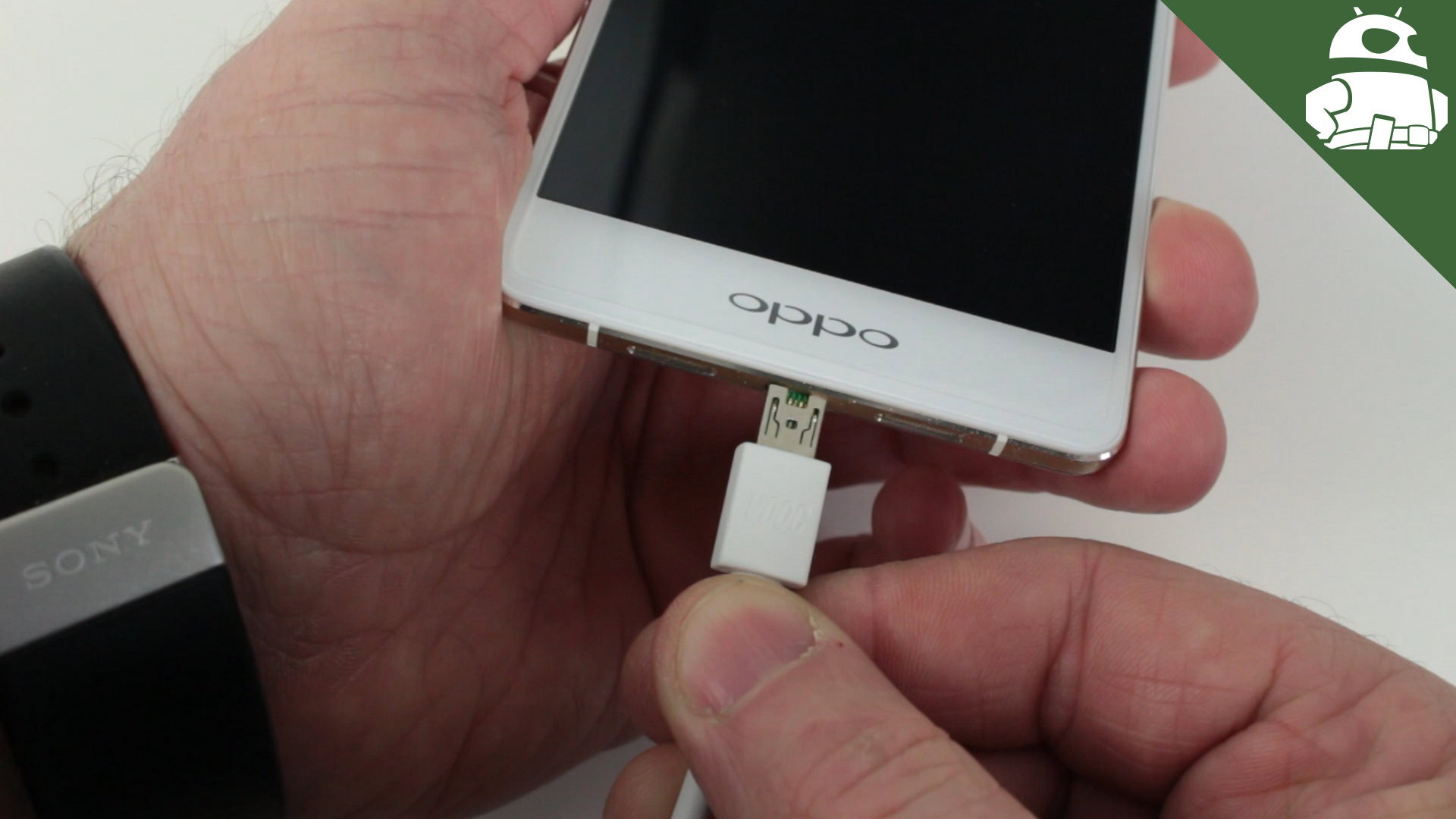
Oh, MicroUSB, it seems like you just won’t go away; despite many smartphone manufacturers having already made the transition to the new reversible USB Type-C standard, OPPO is evidently still living in early 2015 with the R9s.
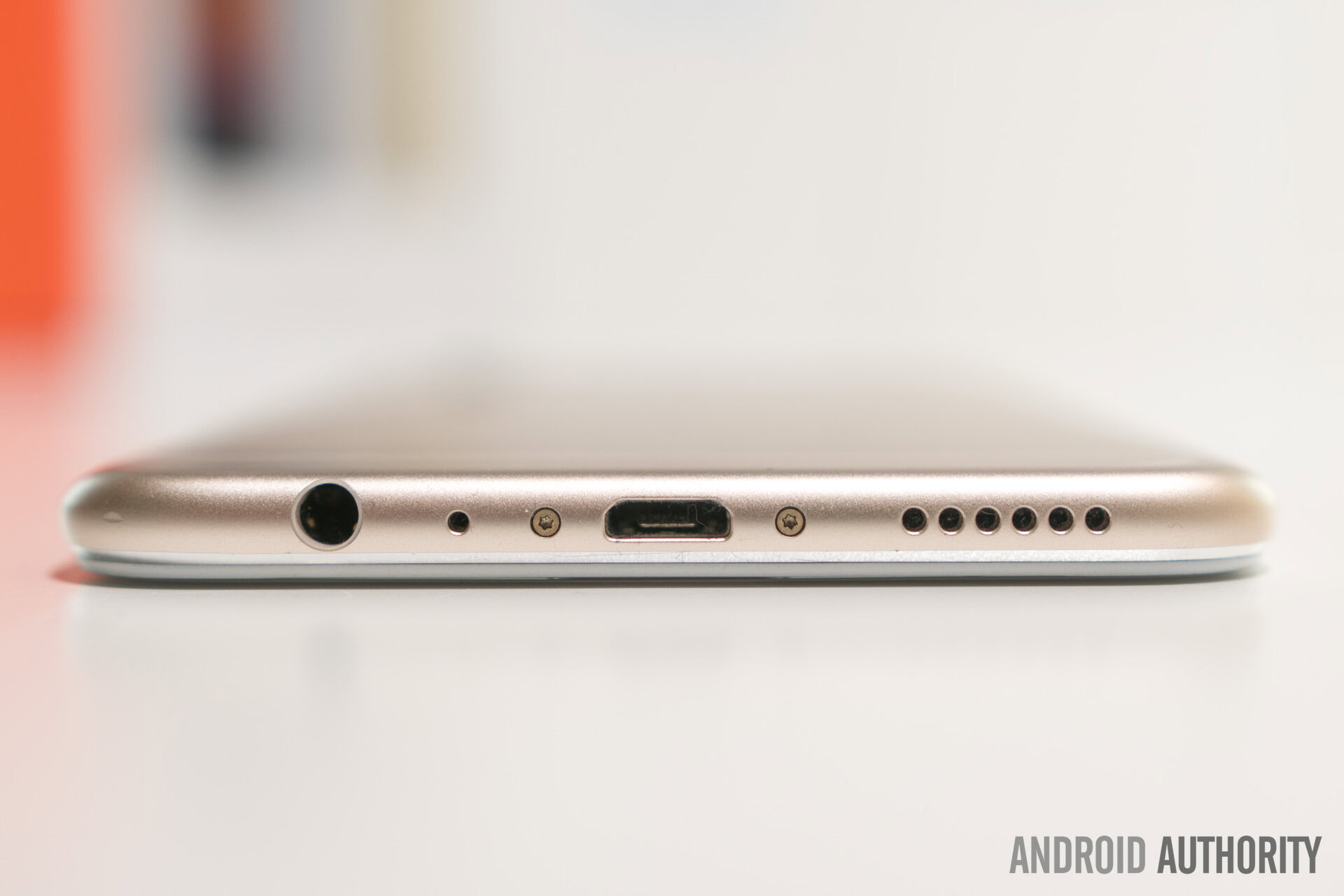
I suppose you might find this nice if you don’t wish to purchase new charging cables, but if you’ve already made the transition or would like the features that USB Type-C has to offer, you’ll be out of luck here. What a bummer.
Camera
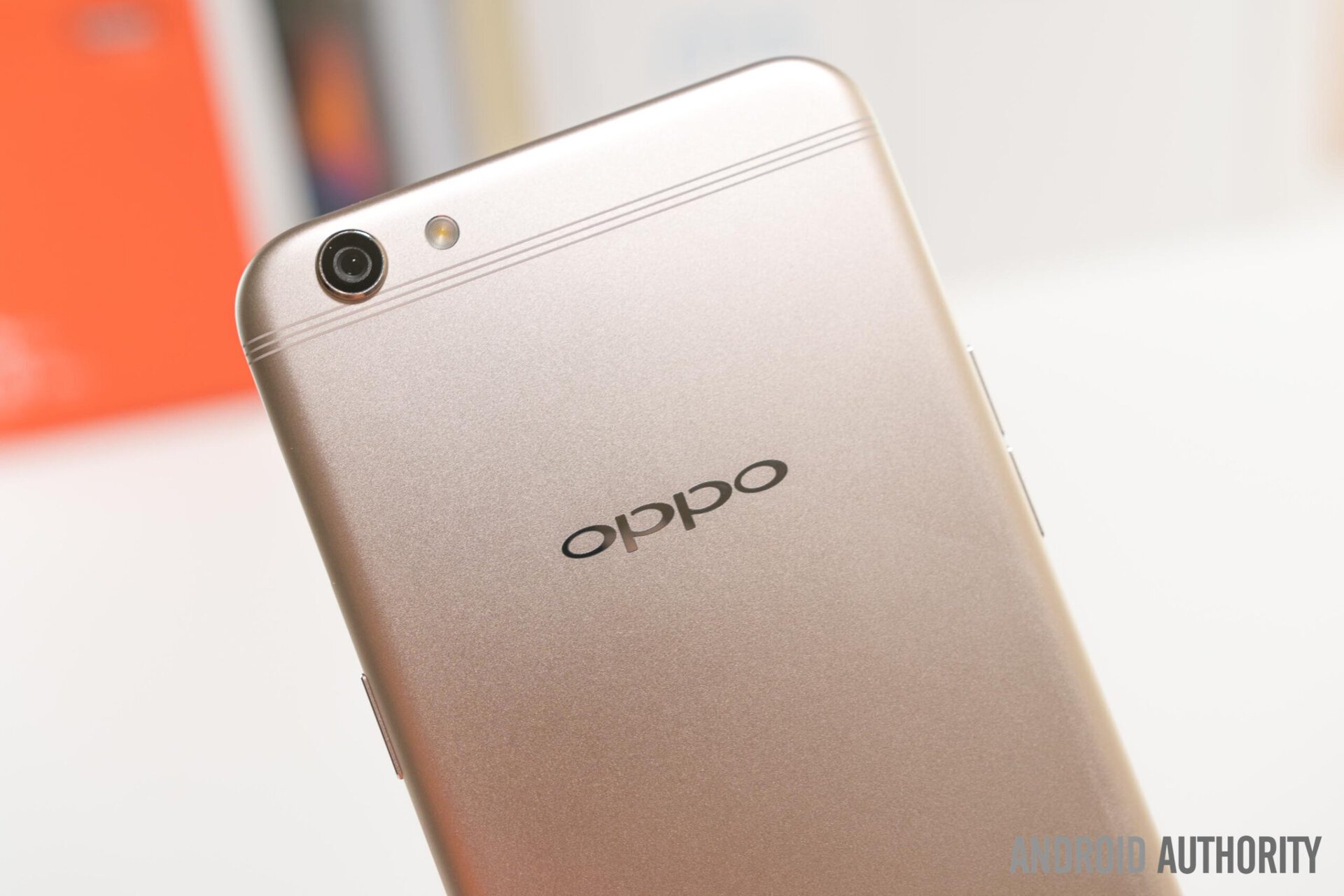
The phone's 'now, it's clear' tagline is a sort of a double entendre
OPPO has focused much of their marketing on the R9s’ camera. The phone’s “now, it’s clear” tagline is a sort of a double entendre, implying that the R9s offers clear photos which makes it the clear choice. It’s arguably a bit cheesy, but what’s much more important is whether the claim holds water.
The camera setup certainly looks pretty killer on paper. OPPO states that the R9s features a customized Sony IMX398 1/2.8 inch sensor, which is the second latest sensor from Sony at the time of writing. The IMX398 is actually making its debut with this phone, which is quite impressive for a mid-range smartphone. Anyway, this particular camera is a 16MP f/1.7 shooter. The pixel size is larger than average at 1.12µm, which translates to more light per pixel, which should help in low-light conditions.
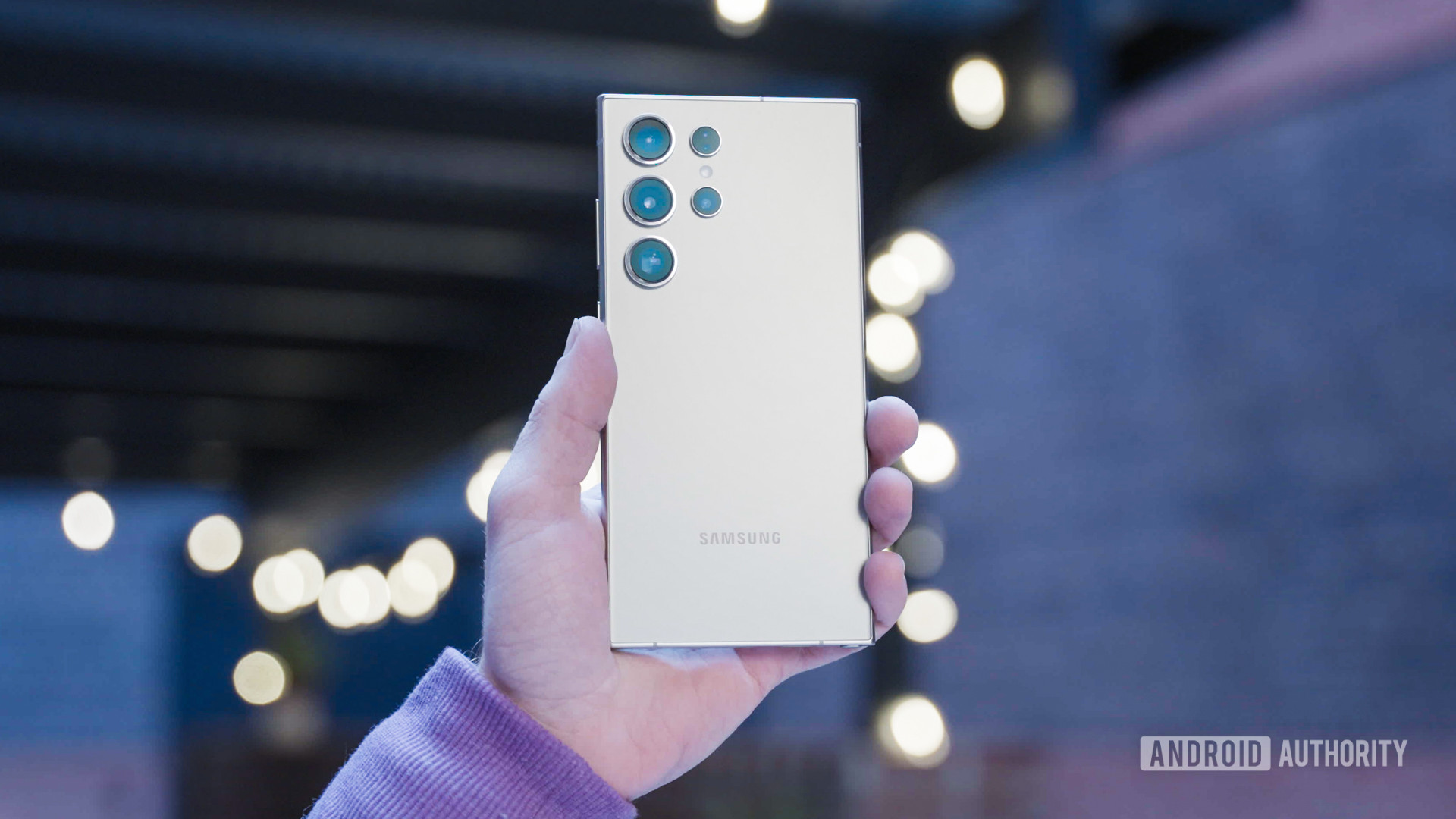
So, what’s the verdict? Well, our sample images reveal that the R9s is somewhere in between the OnePlus 3T and Google Pixel XL. It’s better than everything we’ve seen at around $400 thus far, but doesn’t quite beat out the best shooters.
Most images shot in good lighting are quite impressive with natural-looking colors, balanced levels of saturation, and minimal noise and distortion. And, oh, are these images sharp! Combined with the sharp sensor and dual phase detection autofocus, it’s quite difficult to capture a blurry photo. The amount of detail that the R9s offers is spectacular, something which you can fully appreciate when viewing the images on a larger high resolution display. In this sense, OPPO’s marketing is well justified.
Dynamic range is only about average though, and HDR doesn’t really help in getting balanced shots of extreme highlights and shadows. In addition, the true to life color nature inevitably means that some images exhibit muted colors. Within perspective, however, these are some pretty minor complaints.
The camera holds up reasonably well in low-light conditions. Of course, the sensor has to deal with much less light, and as a consequence has to find a balance between sharpness and noise levels. That’s why many of our sample low-light images appear soft and slightly noisy, despite the fast aperture and larger pixel size. Perhaps optical image stabilization would have helped here by allowing for longer shutter speeds.
Perhaps optical image stabilization would have helped here by allowing for longer shutter speeds
Although the rear camera does support 4K video capture, I found the quality to be slightly below average. That’s a bit disappointing, so if you plan on doing more videography than photography, you may want to consider other options.
The front-facing 16MP f/2.0 camera is capable of delivering some very nice selfies. The built-in Beauty mode is also surprisingly balanced. The skin softening is kept at a reasonable level, therefore producing semi-natural looking shots.
Unsurprisingly, OPPO’s camera app takes a lot of inspiration from Apple’s. The interface makes it easy to quickly shoot images and the primary camera modes can be accessed directly from the main view. There are a few extra modes available too: Ultra HD, GIF, Expert Mode, Various Filters, and Double Exposure.
The “expert mode” is a bit quirky though; you can’t toggle back to autofocus without exiting and then re-entering the mode, you can only increment shutter speeds by seconds, and you can’t adjust processing levels like contrast and saturation.
Software
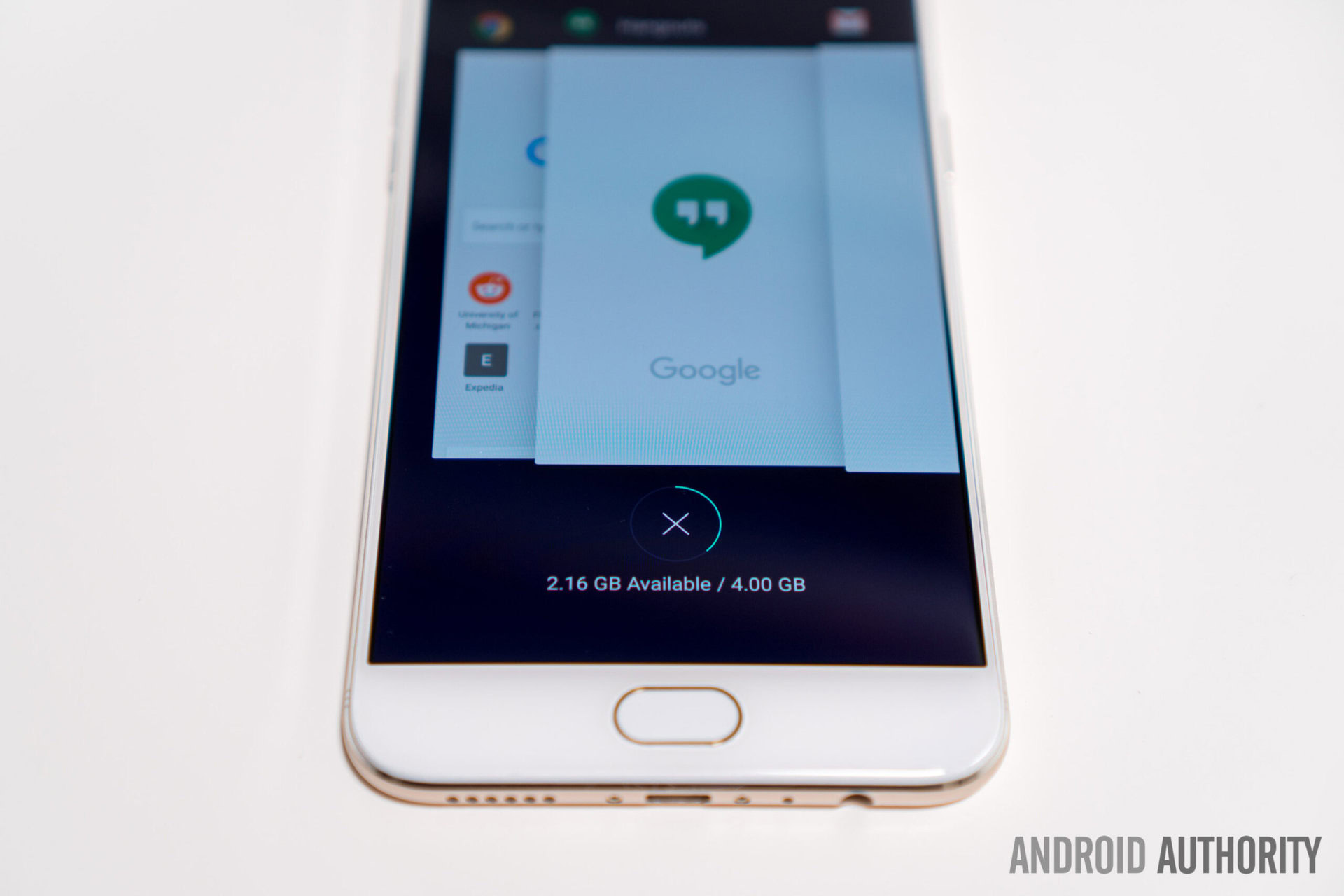
OPPO’s desire to imitate Apple is heavily emphasized with their software. The R9s ships with ColorOS 3.0 over Android 6.0 Marshmallow, which provides a very iOS-like experience. In fact, any of the colors and design attributes are recognizably from iOS. OPPO’s software is also disappointing in the sense that it includes very few extra features and customizations compared to stock Android. It even strips some features like multi-user support and the ability to change different audio levels from a single menu.
The overall experience is decently polished, but I noticed a number of minor issues during my time with the phone. For example, when do not disturb is enabled, the time at the center top of the screen is replaced with “do not disturb”. In order to see the time, you have to first swipe down for the quick toggles and then swipe right to see the notification panel.
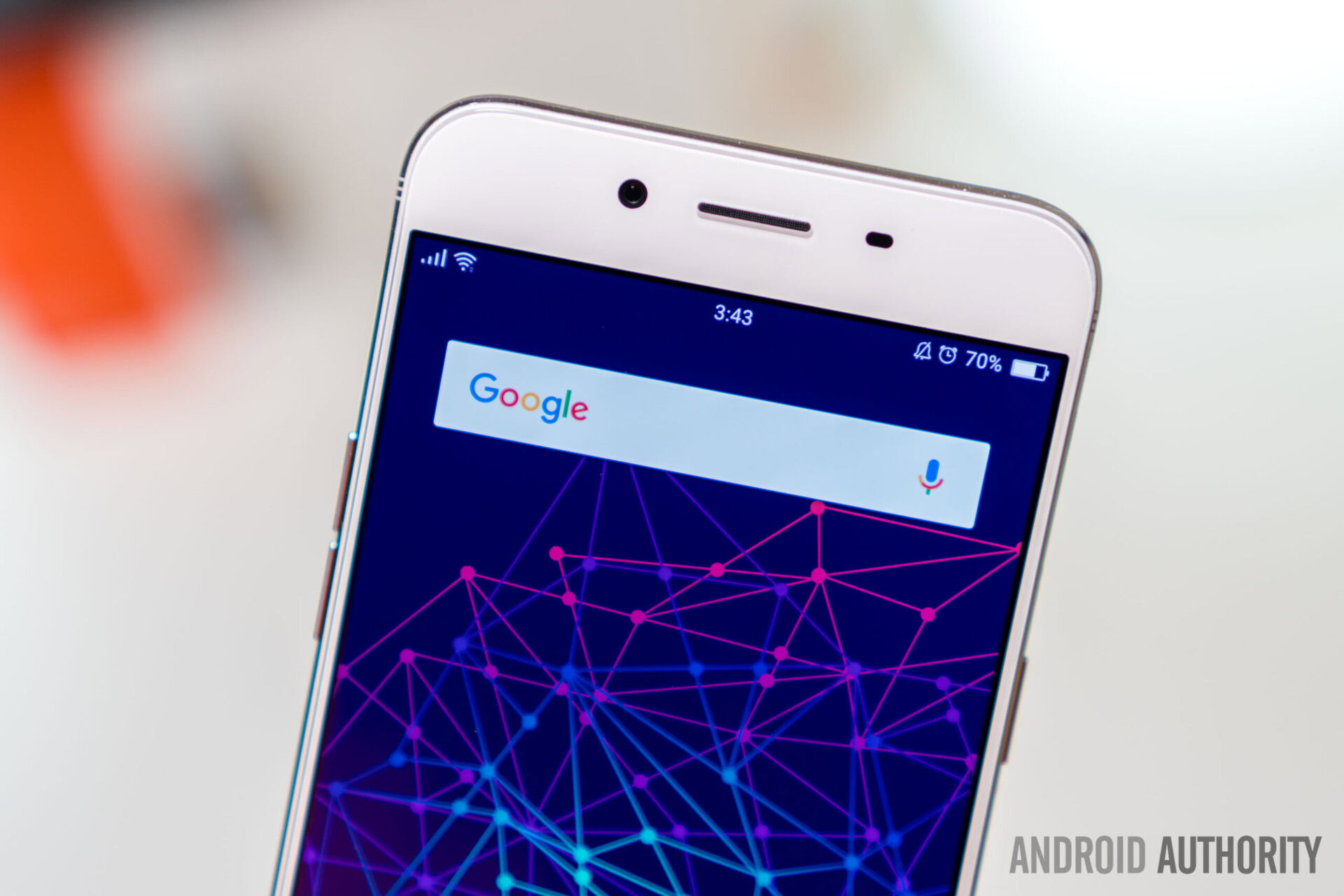
This decision was quite frankly idiotic
This decision was quite frankly idiotic, as I’m more likely to want to see the time during nightly do not disturb hours than I am during the day. The software already adds a moon icon next to the battery icon when do not disturb is enabled, so I’m perplexed by the reasoning behind this.
A few more minor complaints: you can’t see black text previews in notifications since the phone sets the color to dark gray instead of the default white, the settings icon appears “broken” near the bottom right, and putting the phone into developer mode can be a nightmare. You’re required to complete captcha each time you’d like to use it and you’ll be constantly reminded that it’s on with a flashing yellow banner at the top of the screen.
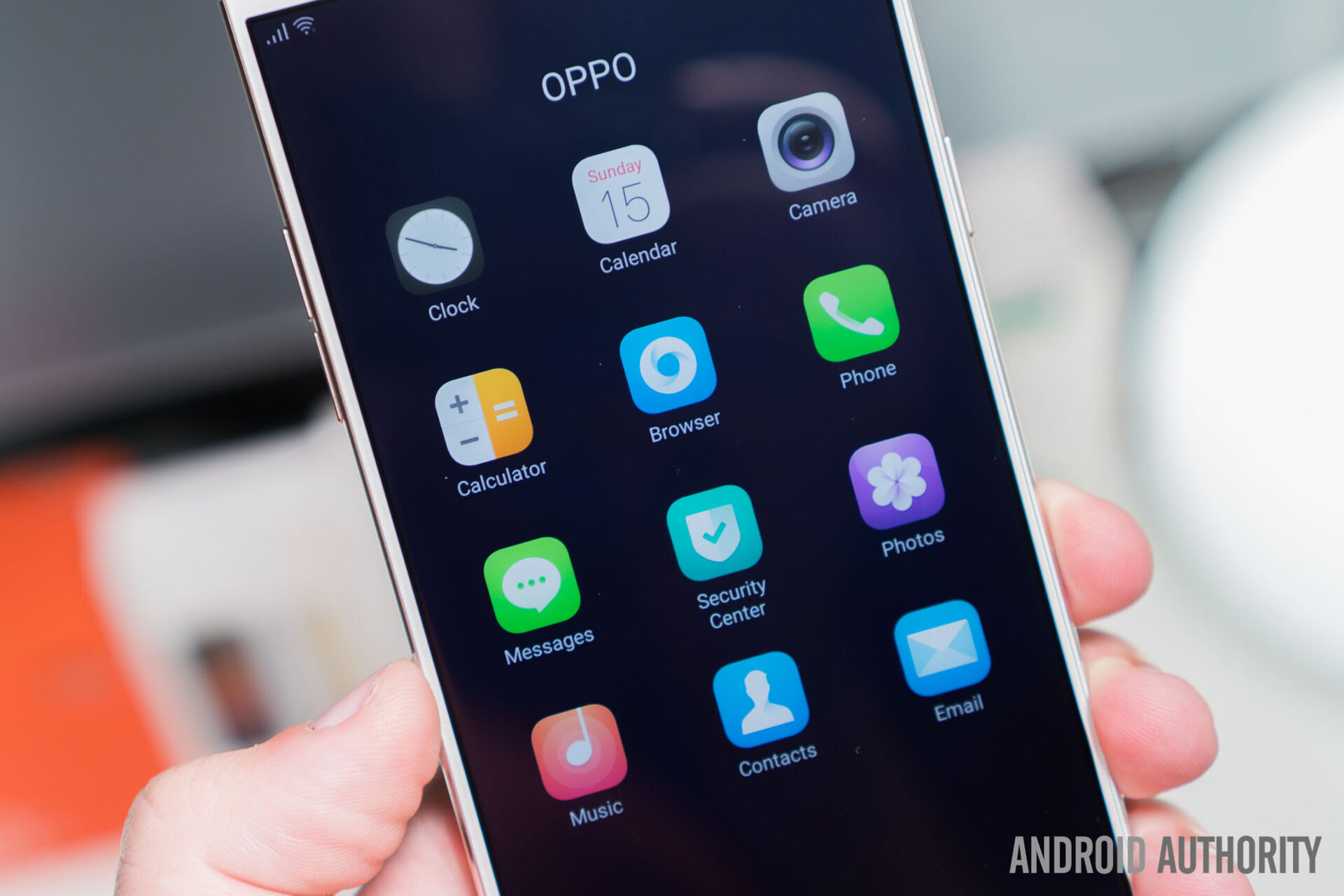
The cumulative look is quite frankly confusing
Thankfully, the phone doesn’t ship with any bloatware and only a standard set of system apps. Like the rest of the software, those apps are mediocre. My main gripe is the amount of design inconsistency between apps. It sometimes seems as if OPPO assigned each app to different teams and minimized communication between those teams. The cumulative look is quite frankly confusing and inevitably gives a strong impression of sloppy work.
It’s not that I don’t like Android skins. I’ve praised both MIUI and FlyMe quite extensively in the past for offering commendably polished experiences. For Western users, those skins are already a difficult sell, so it’s hard to imagine why anyone would choose this over OnePlus’ stock-like OxygenOS. OPPO’s ColorOS just doesn’t have the same amount of polish that other Android skins have.
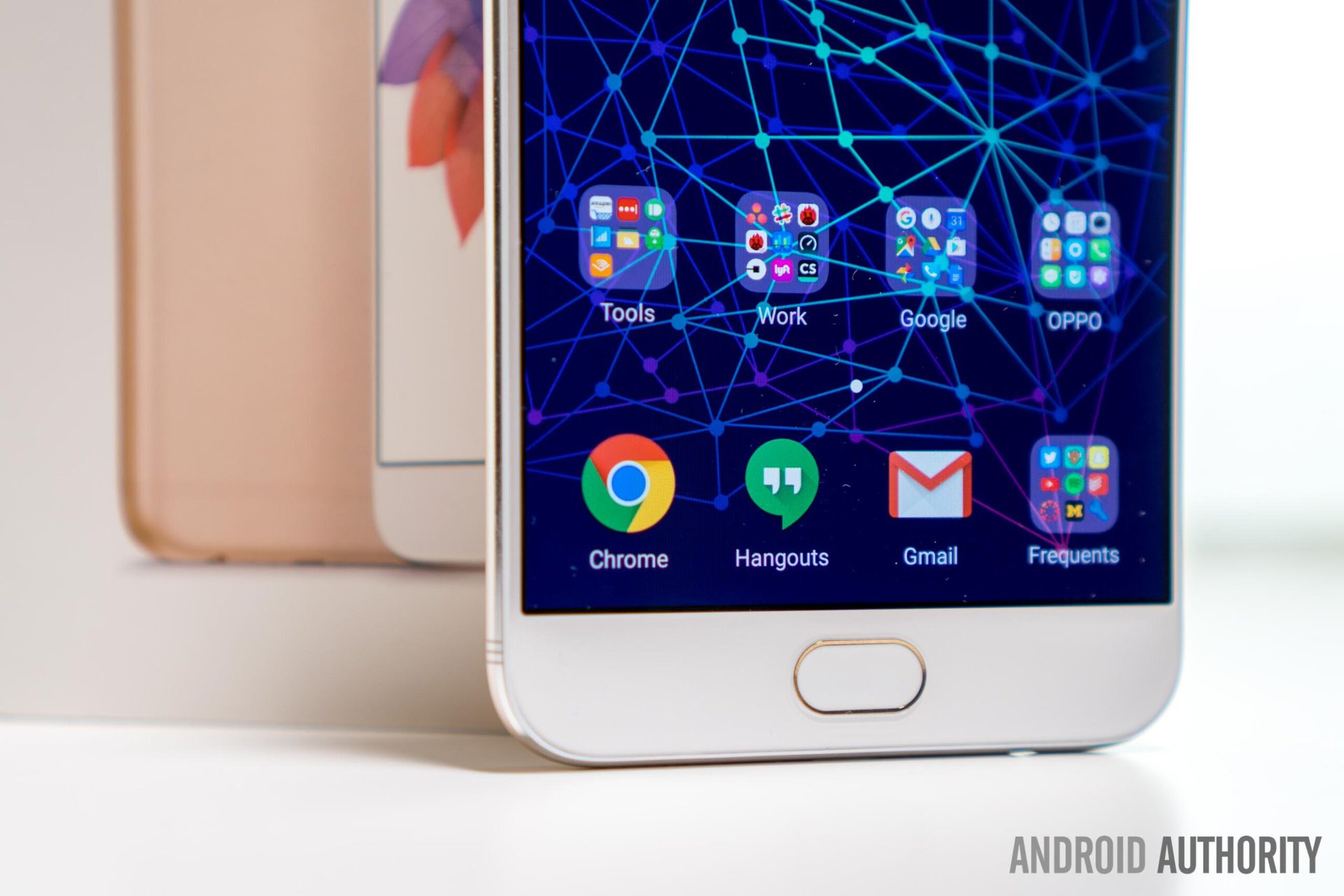
Based on OPPO’s Android update history, we estimate the probability of the R9s receiving an Android 7.0 Nougat update to be moderately unlikely. Unfortunately, it looks like you’ll be stuck on the nearly one and a half year old Marshmallow for the lifetime of the phone.
Specifications
| OPPO R9s | |
|---|---|
Display | 5.5-inch AMOLED 1920 x 1080 resolution 401ppi |
Processor | 2.0GHz octa-core Qualcomm Snapdragon 625 |
GPU | Adreno 506 |
RAM | 4GB |
Storage | 64GB |
MicroSD | Yes, up to 256GB |
Cameras | Rear: 16MP with f/1.7 aperture, 1.12µm pixel size Front: 16MP with f/2.0 aperture |
Battery | 3,010mAh Non-removable |
Connectivity | Dual-SIM, Nano Bluetooth 4.1 Wi-Fi: 2.4/5GHz 802.11 a/b/g/n/ac MicroUSB |
NFC | No |
Frequencies | GSM: 850/900/1800/1900MHz WCDMA: 850/900/1900/2100MHz FDD-LTE: Band 1/3/5/7/8/20/28 TD-LTE: Band 38/39/40/41 |
Software | Android 6.0 Marshmallow ColorOS 3.0 |
Sensors | Distance sensor Light sensor G-sensor E-compass Gyro-Sensor |
Dimensions and weight | 153 x 74.3 x 6.6mm 145g |
Colors | Gold, Rose Gold |
Gallery
Price
The OPPO R9s is now available in either Gold or Rose Gold. In China, it retails for 2800 yuan or about $405. In Singapore, it can be picked up for a slightly more expensive S$680 or about $481. As mentioned previously, each model includes 64GB of internal storage which is expandable up to 256GB. It’s not officially available in the U.S., though you can pick one up from a third-party retailer like OPPOMART.
Conclusion
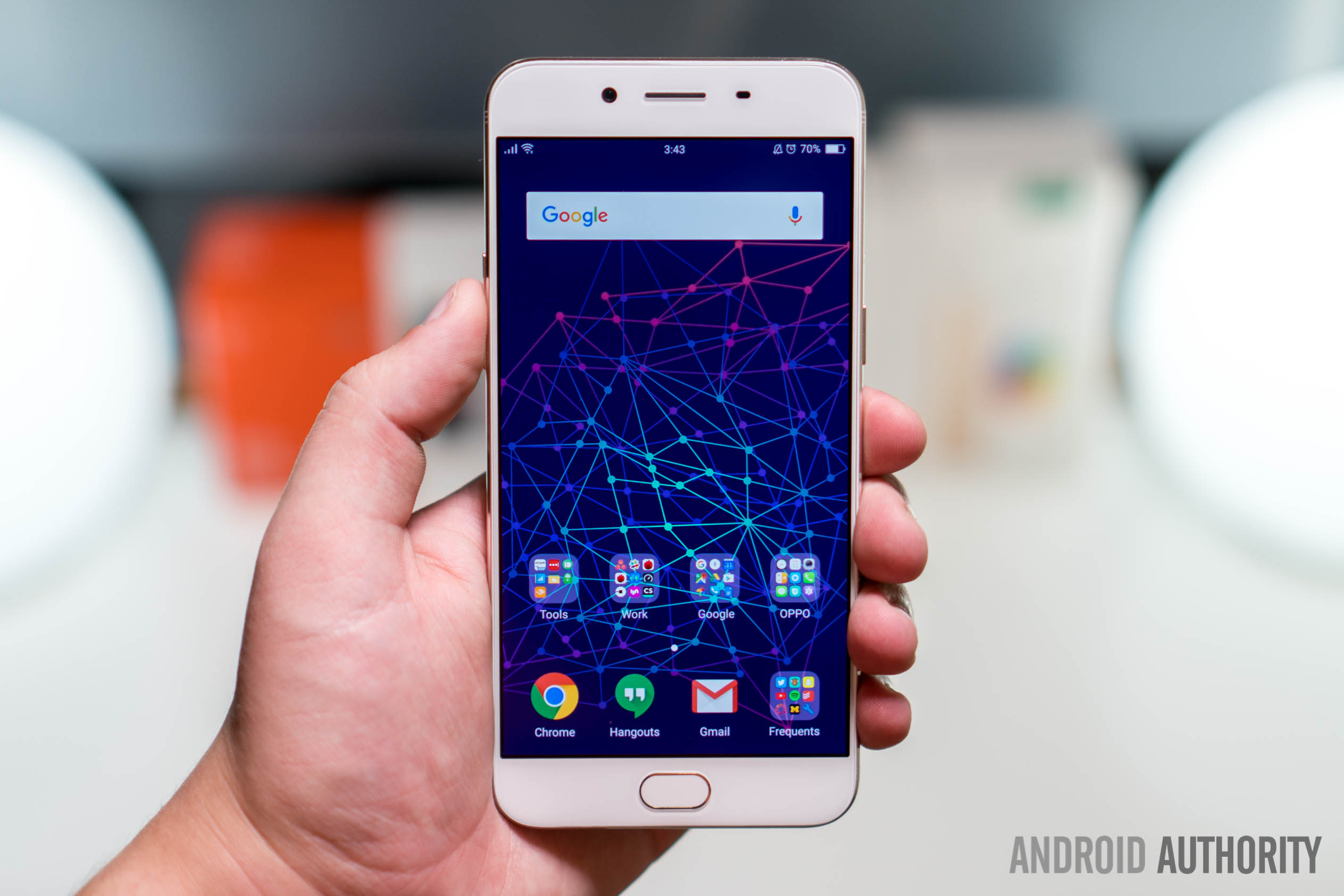
The OPPO R9s has an excellent camera, offers impressive battery life, and features a nice display. However, the number of compromises here is staggering. Among derivative design and software, the R9s has sloppy software, offers below average performance, and has a bleak software support outlook. For Western users, the strange display coating, YouTube audio sync issue, and limited availability are even bigger issues to consider.
While we greatly appreciate OPPO’s efforts to bring an excellent camera to this price point, we simply cannot recommend the R9s when options like the ZTE Axon 7, the HONOR 8, and the OnePlus 3T are available at similar prices. If you’re looking for a great camera, we suggest that you either compromise a bit with one of these alternatives or pay more for a true flagship.
Thank you for reading our comprehensive OPPO R9s review! We hope that it will help guide your ultimate purchasing decision. If you have any questions or thoughts about the OPPO R9s, be sure to let us know in the comment section down below.
